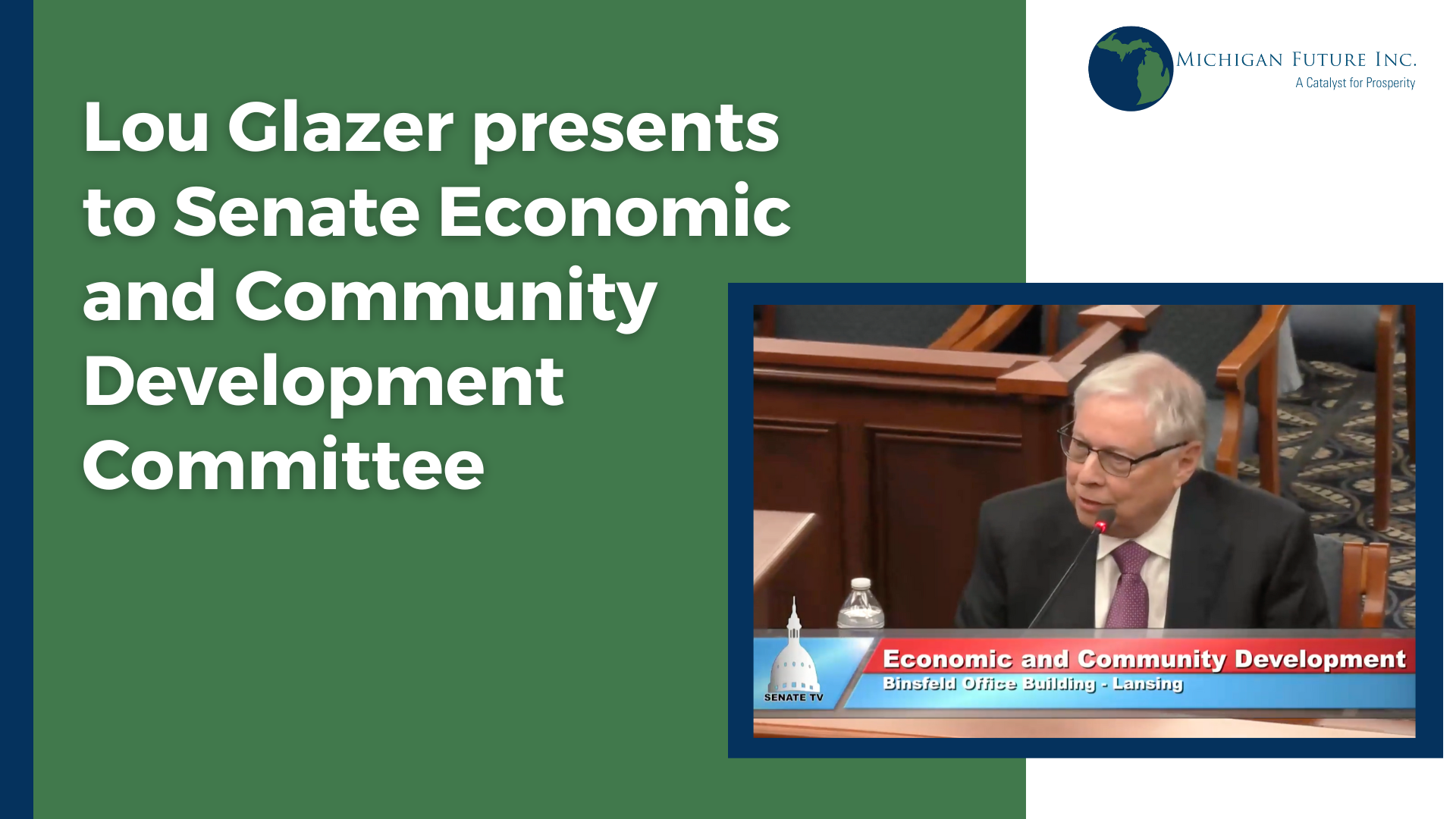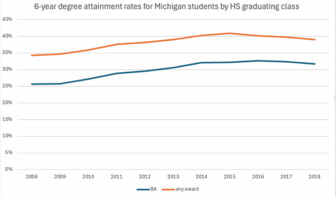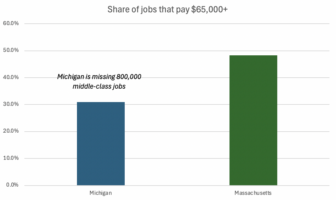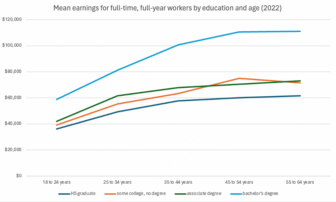The Education Trust just published a report that shows the sizable gap between African-American and white completion rates at America’s colleges. Overall, 63.2 percent of white students who enroll in a four-year college graduate in six years, while only 40.6 percent of black students do.
The short story of the trends is this: high selectivity colleges do better at graduating black students, but they admit fewer of them. This is of a piece with other research that we’ve shared before, including that on the differences between schools in contributing to economic mobility.
But the piece I want to focus on today from the EdTrust report is their finding (which is not brand new, but highly reinforced by this report) that what colleges do matters to student persistence. There’s a temptation to write off student success in college as subject to too many factors for institutions to impact. Poor, non-white, and first-generation students all face too many challenges, the thinking goes. Colleges can’t be held responsible for every barrier in these students’ way!
Colleges Can Increase Graduation Rates for Black Students
If it were true that colleges can’t make a difference, every college that has a similar student population should have a similar graduation rate for non-white students. They don’t. EdTrust’s research compares a number of colleges with similar student populations, including race and income, that have widely different graduation rates for African-American students.
This is why in our work with Michigan Future Schools, we always encouraged the high schools we worked with to pay close attention to minority graduation rates when counseling their students about where to go to college. Those rates mean something—even if we don’t know exactly what—about the supports that the college offers to students, their expectations of student success, and the culture of success. These schools are doing something to help students of color succeed at higher rates.
How Do Michigan Colleges Do?
In Michigan, only four schools even break a 50 percent graduation rate for black students, with University of Michigan—Ann Arbor achieving the highest rate at 79.2 percent (Andrews, MSU, and Grand Valley State are all near 60 percent). On top of that, the gap between black and white graduation rates is 10 percentage points or higher at all Michigan colleges except one (Andrews), higher than 25 points at half of Michigan’s four-year colleges, and higher than 30 points at Wayne State University (33.2), U of D Mercy (34.6), and Lawrence Tech (47.1).
What Makes the Difference, and Why Does It Matter?
A critical takeaway from the EdTrust report is that the primary difference between schools that help their black students graduate and those that don’t is leadership at the top levels of the college. In a summary of the report, EdTrust concludes:
Student success can only be improved when it is the top priority for institutional leaders.
Lou wrote here on Wednesday about one of the primary–if not the primary–determinants of state prosperity in today’s economy: the percentage of a state’s population that holds a bachelor’s degree (or higher). Michigan is 32nd in per capita income and 32nd in college degree attainment in the nation.
There are a lot of reasons for why we lag in this department, but no reason we can’t turn it around (except for our failure to let go of outdated and disproven ideas about economic development). I’d like to suggest—what if part of how we accomplished becoming a high-prosperity state is by becoming a state that leads in black educational attainment? What would it take? What would it look like?
There are models from specific colleges that are bucking the trend to explore. And probably numerous paths to pursue.
But we know it needs to start with top level leadership at the state and at our universities finding the current data unacceptable and prioritizing a solution.







